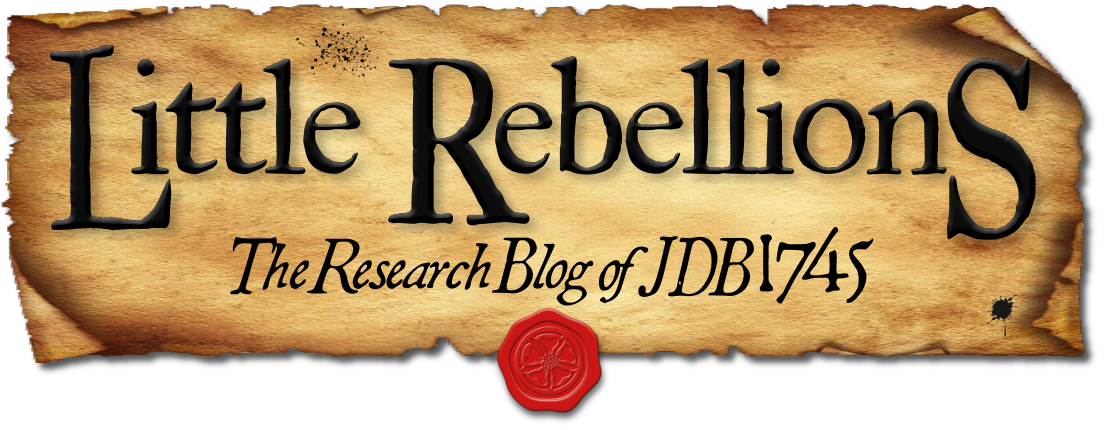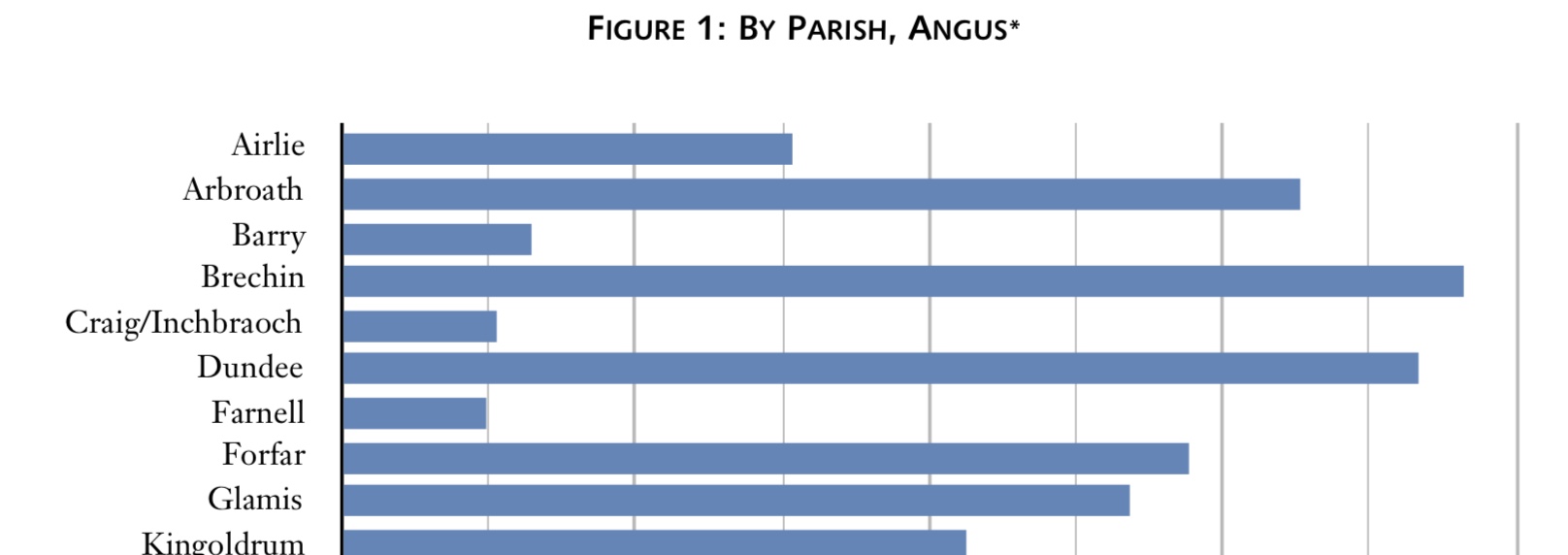Though it is easy to get lost in the romantic historical record of a conflict like the Jacobite risings, occasionally a document comes to light that viscerally describes the dreadful effects of civil war from a time long past. Jail returns like this one, which registers some of the sick and wounded who were confined in Stirling Castle during the spring of 1746, tell us a number of things about the cost of battle in eighteenth-century Britain – both literally and figuratively. This particular return from the National Library of Scotland lists the names and conditions of twenty-six men held at the castle and treated by the doctor there, and some of the language used to describe the wounds of these men truly brings the past alive in a horrific manner.1
Not all of these prisoners were Jacobite soldiers. Only six on the list are specifically noted as ‘rebels’, though three others are recorded as having been in league with Lord John Drummond’s troops in French service, who came to Scotland in the winter of 1745 to fight in the Jacobite army. A further three individuals are simply described as ‘Highland men’, but the implication is that they were also in prison for treasonable acts. At least two of the men appear to be deserters from British army regiments, and the other dozen are not identified by their crimes. Nonetheless, the grisly conditions recorded about many of these prisoners tell of their adversity.







